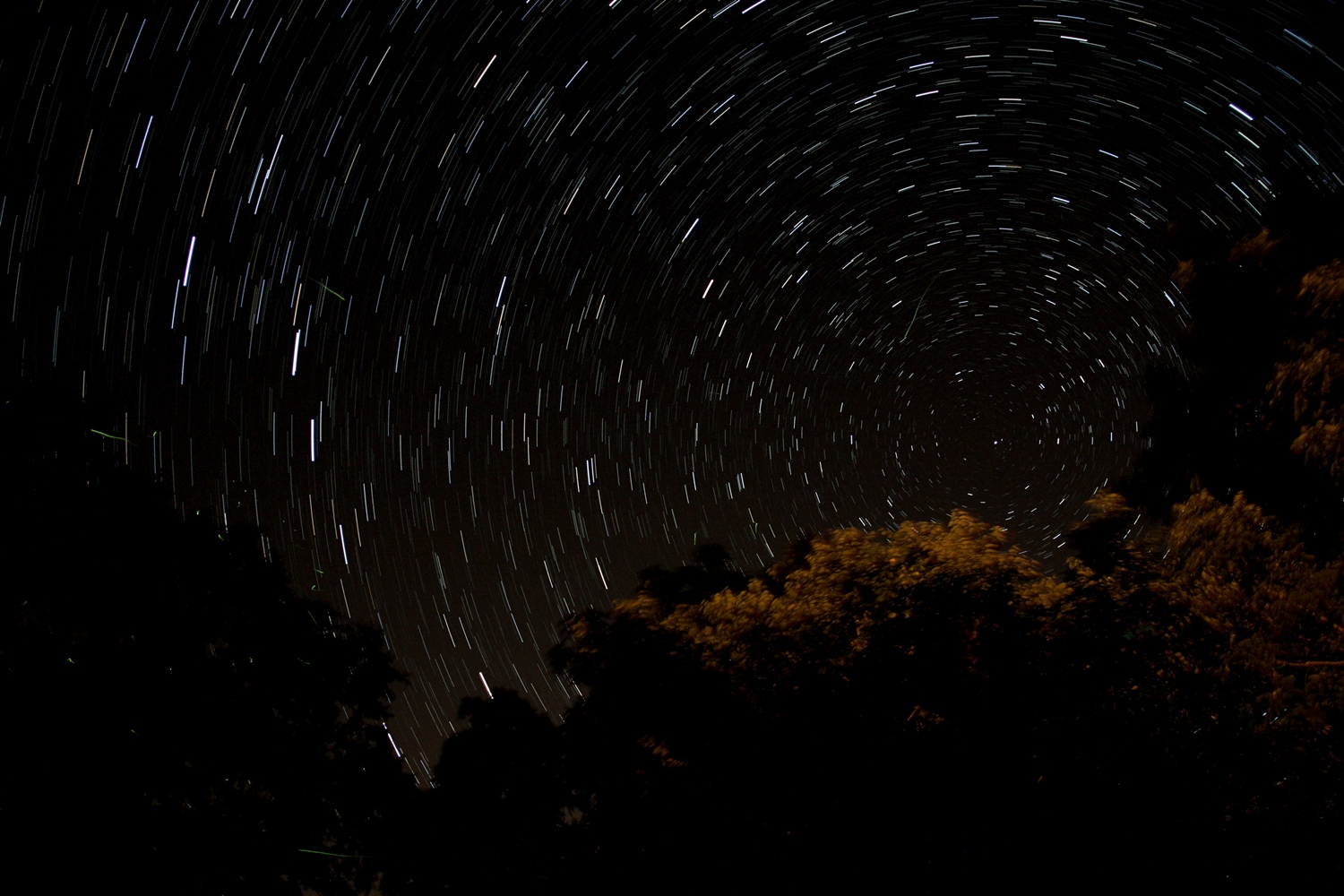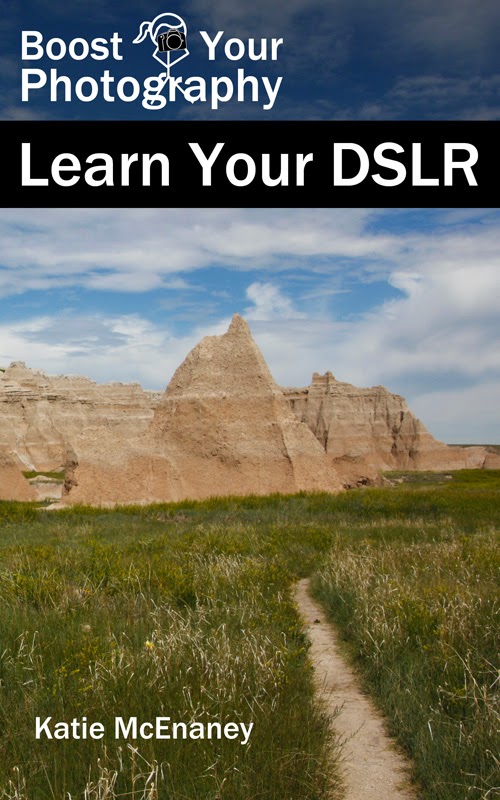Night pictures (along with astrophotography) is that this week's topic for theBoost Your Photography: 52 Weeks Challenge.

The Basics of Night Photography
There is a wide, wide range of photographs and photographic situations that fall under the umbrella of night photography. This first section will lay out some of the basic skills and techniques that are useful for many night photography subjects and situations.Equipment - most beneficial
The optimal equipment for night photography includes the following:- A DSLR digital camera with a lens able to guide focusing. If that lens has a switch for photo stabilization (IS, Canon), vibration reduction (VR, Nikon), or vibration control (VC, Tamron), switch that to OFF whilst using a tripod.
- A solid tripod. Read How to Maximize Your Tripod for top hints on how first-rate to apply a tripod, and study GorillaPod Tripod Review if you are interested by studying greater approximately GorillaPods. A wellknown, giant tripod can be greater beneficial for night time pictures situations, but.
- A far off shutter release. A far off shutter launch is an less expensive (like $6 USD) piece of system in an effort to make your night images infinitely less difficult. Read extra info in Easy Photography Upgrade: get a far off shutter release.
- A head lamp or flashlight, ideally one with a purple light alternative if you are doing astrophotography. (The purple mild will can help you see with out ruining your night time imaginative and prescient.)
Equipment - exchange
If you do not have some of the optimal equipment, above, there are some alternatives:- A factor-and-shoot or telephone digital camera in night time pictures, low light images, or long shutter mode. These modes signal for your digital camera which you are taking pictures in darker situations, and long shutter mode permits you to set the shutter pace your self (frequently from one to 15 seconds).
- A stable floor. If you do no longer have a tripod accessible, you may use any other strong surface. Tables, benches, huge rocks, and more can work to hold your digital camera extra stable than trying to hand-hold it for shutter speeds measured in seconds.
- The 2-second or 10-2d countdown timer. If you do now not have a far flung, you may set both a 2-sec. Or 10-sec. Timer on your camera. Pushing down the shutter button to your digital camera can impart a moderate wobble in your digicam, even when it's far on a tripod or stable floor. Even the two-sec. Timer permits the camera to stop wobbling before taking the photograph.
- You simply do not have a flashlight? Not even a flashlight app for your smartphone?
Shoot in Shutter Priority or Manual Mode
Most night images shots are taken in shutter priority (S in Nikon or Tv for time fee for Canon) or manual mode. In shutter precedence mode, you put the ISO (begin with one hundred) and the shutter velocity, and your camera will chose the aperture. In guide mode, you select all 3. Many night time photography pictures work fine with very long shutter speeds, like 10-30 seconds, in particular in case you are searching the capture the movement of lighting or lit objects.
Want the smooth manner to use full guide mode? Start in shutter priority mode, and dial in an ISO of a hundred and a shutter velocity of 10 seconds. Take a photo. Look at the ensuing photograph and check the histogram (see Demystifying the Histogram for more information). Now, transfer into manual mode and choose the equal 3 settings from your previous picture. If your check photo appeared too dark, use a much broader aperture. If your take a look at picture appeared too bright, use a narrower aperture. (Confused? Read more approximately Aperture and the F/Stop Conundrum.) Take any other take a look at shot and adjust until you get the result you need.
Manual Focusing
It is frequently very hard on your digicam to apply autofocus in dim or darkish conditions. There are two answers to this hassle.
- Use your flashlight to light up your situation. Hold the shutter halfway down to your digital camera to set the autofocus. Then, switch your lens into guide awareness (the AF/MF turn on the side of your lens). Now your camera will continue to be focused for your challenge.
- Or, use guide focusing absolutely. Most digicam lenses have a focusing ring with a scale that shows the distance on your challenge. You can use this scale to set the focusing distance of your lens. (Remember to have switched to MF.) If you are photographing some thing very distant, just like the moon or stars, flip your focusing ring to the infinity setting, then dial it back very barely. Take a photo and test the focus. (The "infinity" putting on many lenses is certainly a touch too a ways out to recognition.)
Night Photography Subjects and Situations
Now that you understand the basics, you are ready to start experimenting with night photography!Creative Night Photography

Shaped Bokeh - all you need is a 50 mm lens (or other prime lens), some black cardstock, and some lights to create fun and unique shaped bokeh, like the snowflakes shown above.

Photograph Ghosts (without Photoshop trickery) - a long exposure gives you enough time to create a ghostly silhouette or actual ghostly presence in a single shot, without any need for post-processing.
Photographing Lights at Night
Light Painting: how to spin an orb - with orb spinning you use a small LED light on a rope and spin it during the photograph to create shapes. This post lays out all the steps to make perfect orbs every time. Or just have some freestyle fun!

Spinning Fire with Steel Wool Photography - step up from LED lights and give burning steel wool a try. The results are amazing, and the sparks burn out quickly, which minimizes the danger. (The photograph above was shot with a basic model point-and-shoot camera on the long shutter setting for 15 seconds.)

How to Photograph Traffic Light Trails - let the cars, trucks, and buses be your light and capture traffic trails at night.

Quick Tips for Better Firework Photographs - fireworks are an endlessly entertaining subject for night photography! These tips will help you get the best shots you can with fireworks.
Long Exposure Photography at the Fair(e) - hit up the fair or carnival and see what kind of results you can get from moving rides and swirling lights.
Astrophotography (and the moon too)

Stacking Photographs and Star Trails - learn how to use stacking to create star trails photographs or to create other stacked sets of images.
Shoot the Moon with the Photographers' Ephemeris - get your timing, settings, and photograph exactly right for shooting the full moon. Or, push yourself further and go Beyond Full Moon Photography.
Get out into that great night and take some pictures! Share a link or a photograph in the comments below, or consider joining the BYP 52 Weeks Google+ Community to share your weekly photograph and see what others are capturing.

Boost Your Photography: Learn Your DSLR is to be had from Amazon. Get the most from your camera with sensible advice about the technical and creative factors of DSLR images so one can have you taking lovely pix right away.



No comments:
Post a Comment